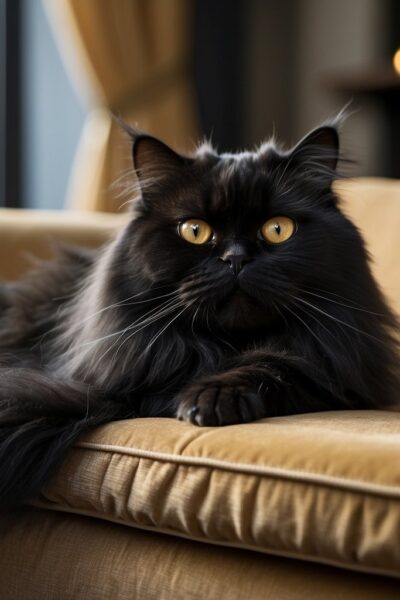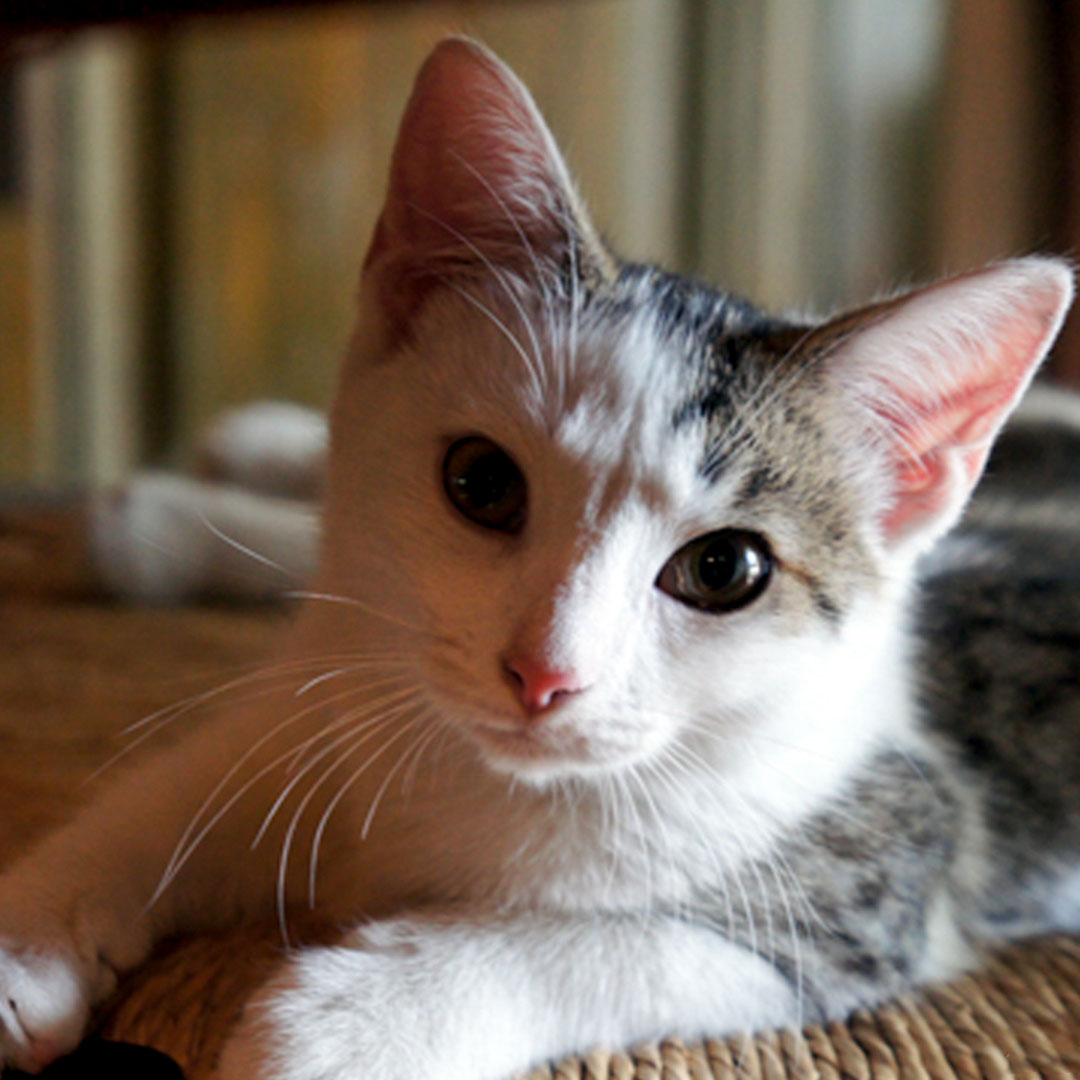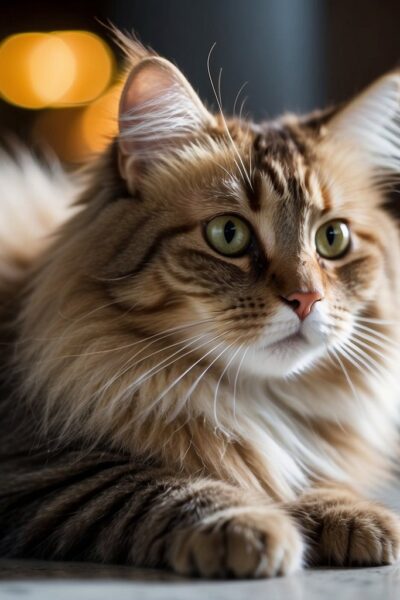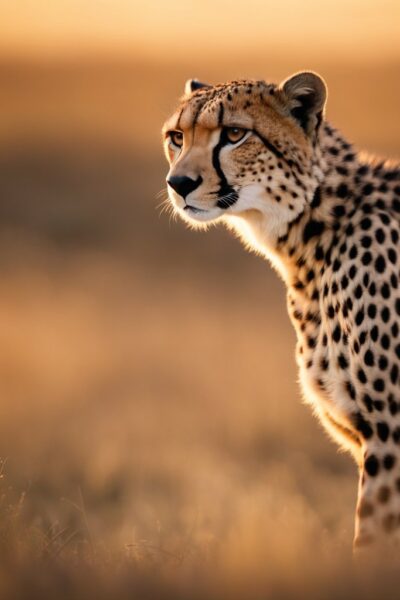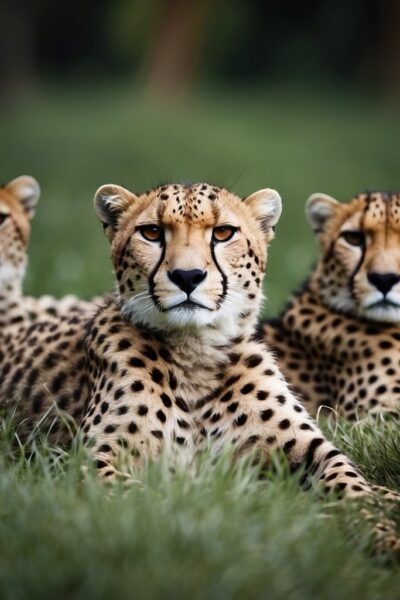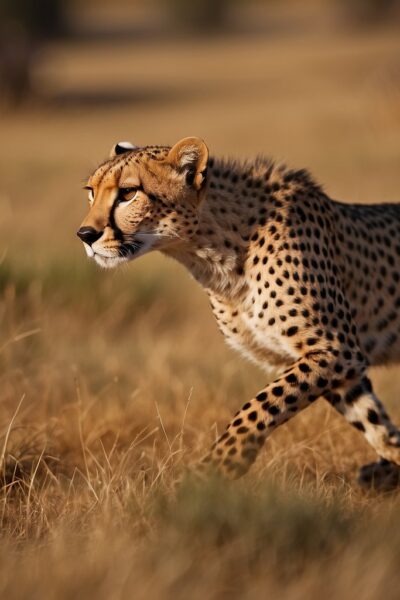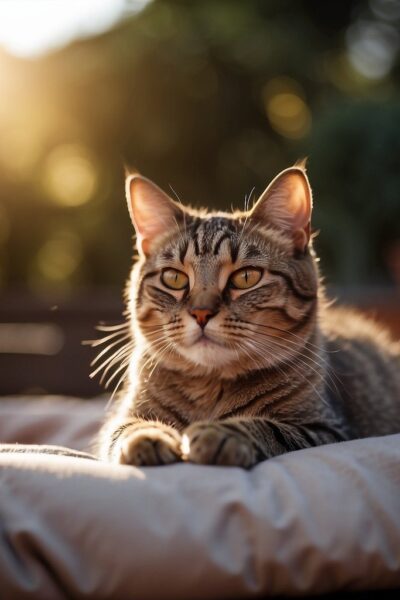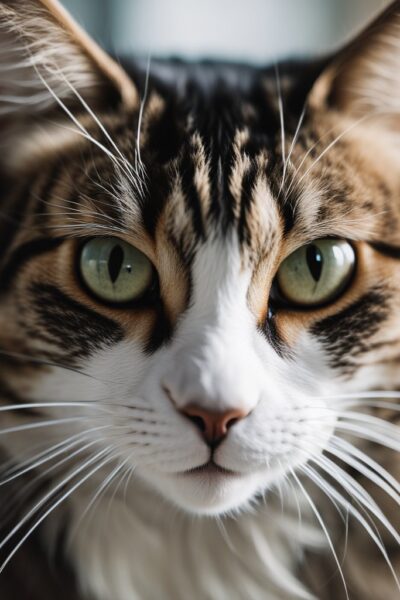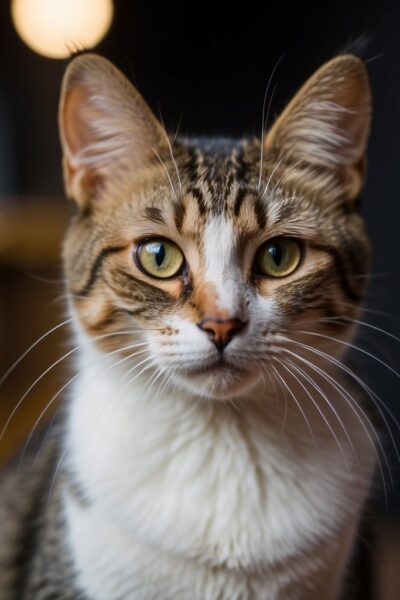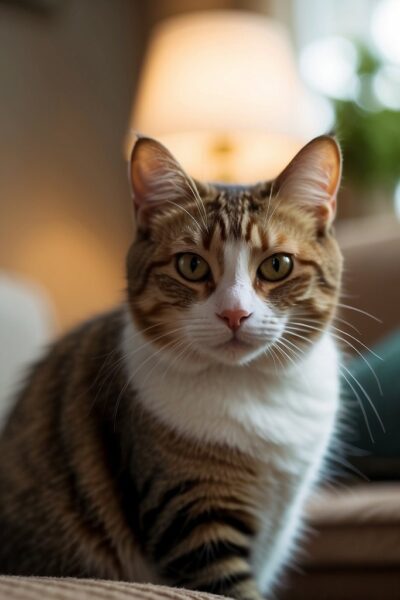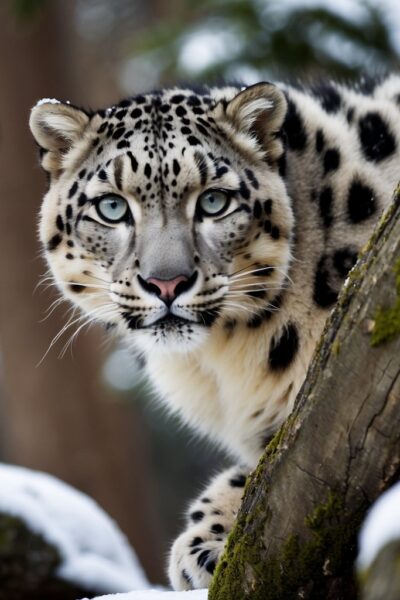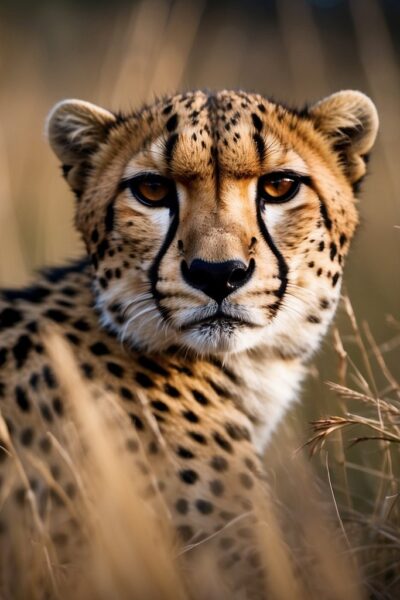Black Cats in Pop Culture Across various cultures and through the annals of history, black cats have occupied a fascinating position in society. Often shrouded in superstition, they are creatures that have been both feared and revered, omens of misfortune and harbingers of good luck. In the modern era, famous black cats have transcended their mythological roots to become icons…
Read More
Black Persian Cat: Sleek Coats and Expressive Eyes
Black Persian Cat The Black Persian cat is a captivating breed, known for its luxurious long coat and distinctive flat face. Persian cats, in general, have long been associated with luxury and opulence, carried across continents and featured prominently in art and culture. The striking appearance of the Black Persian, coupled with its serene and plush aesthetic, makes it an…
Read More
Cat Ear Mites: Symptoms, Treatment, Prevention
Ear Mites in Cats: Symptoms, Treatment and Prevention Cat ear mites are a common and highly contagious issue. These tiny parasites can infest the ear canal, leading to discomfort and irritation for your furry companion. While they predominantly affect younger cats, ear mites do not discriminate based on age and can be a nuisance to cats of any life stage….
Read More
Cat Guard Hairs: Cat Coat’s Protective Layer
Cat Guard Hairs: Understanding Your Cats Outer Coat Guard hairs are an integral part of a cat’s coat, serving as the most visible and protective layer. These hairs, also referred to as primary hairs, overcoat, or outer hairs, are typically longer, thicker, and have a more coarse texture compared to the soft, insulating undercoat. They play a crucial role in…
Read More
Cheetahs vs Hyenas: Competition in the Wild
Cheetahs vs Hyenas: Predation and Competition Cheetah vs hyenas is an example of the competition between two species. In the dynamic ecosystems of the African savanna, particularly in regions like the Serengeti National Park and the Kgalagadi Transfrontier Park, the interactions between species play a critical role in maintaining the balance of the ecosystem. The cheetah, renowned for its unparalleled…
Read More
Cheetah Coalition: Cat Group Dynamics
What is a Cheetah Coalition? Understanding Group Dynamics of the Fastest Land Animals A cheetah coalition refers to a group of male cheetahs that live and hunt together, a social organization somewhat unique among large feline species, which are often solitary. These male bonds are typically formed between brothers but can also include unrelated males who join forces. Coalitions provide…
Read More
Why Cheetahs Hunt During The Day
Cheetahs Hunt During Day: Adaptive Strategies The cheetah is a symbol of speed and agility, renowned for being the fastest land animal on Earth. In the diverse ecosystem of Africa, cheetahs are known for their daytime hunting habits, which set them apart from many other large predators that may prefer the cover of darkness. This diurnal behavior is attributed to…
Read More
Are Cats Crepuscular, Diurnal or Nocturnal?
Are Cats Crepuscular or Diurnal: cat Activity Patterns When it comes to the activity patterns of cats, a common question arises: are they crepuscular or diurnal? To answer this, it’s essential to understand these terms in context. Diurnal animals are active during the daylight hours, while crepuscular creatures are most active during the twilight hours of dawn and dusk. Cats,…
Read More
Cat Pupil Dilation
Cats Pupil Dilation: Causes and Concerns A cat’s pupils are a window into their state of being, reflecting a variety of physiological and emotional responses. Pupil dilation in cats can be a normal reaction to changes in lighting or an indication of their mood. For instance, dilated pupils may signify excitement, fear, or pleasure. However, consistently dilated pupils can also…
Read More
Cat Ear Positioning : Cat Airplane Ears Meaning
Cat Ear Positioning: Cat Airplane Ears Meaning Cat ear positioning is a vital aspect of feline non-verbal communication, providing insight into their emotions and intentions. Known as ‘airplane ears,’ a cat’s ear placement is an expressive part of their body language, often overlooked in understanding their moods and behaviors. When a cat’s ears are flattened, resembling the wings of an…
Read More
How House Cats Camouflage
House Cats Camouflage: Stealth in the Domestic Jungle The concept of camouflage among house cats is a curious facet of their versatile nature. While traditionally associated with wild and feral counterparts, domestic cats exhibit intriguing camouflaging behaviors and physical traits that have deep evolutionary roots. House cats (Felis catus) often retain the patterns and instincts that have enabled their species…
Read More
Snow Leopard Camouflage
Snow Leopard Camouflage: Mastering Mountain Stealth The snow leopard, scientifically known as Panthera uncia, is a remarkable big cat renowned for its effective camouflage that allows it to move stealthily within its natural environment. The pelage of the snow leopard is a seamless blend of smoky-grey and yellow hues, dappled with dark grey rosettes and black spots. This distinctive patterning…
Read More
How Cheetahs Camouflage
How Cheetahs Camouflage: Stealth in the Savannah Cheetahs employ their distinct coat patterns to blend seamlessly into their surroundings, a critical adaptation given their status as a prominent predator in the animal kingdom. The light golden background interspersed with black spots mimics the play of light and shadow in the grasslands, breaking up their outline effectively. Cheetah camouflage allows the…
Read More

